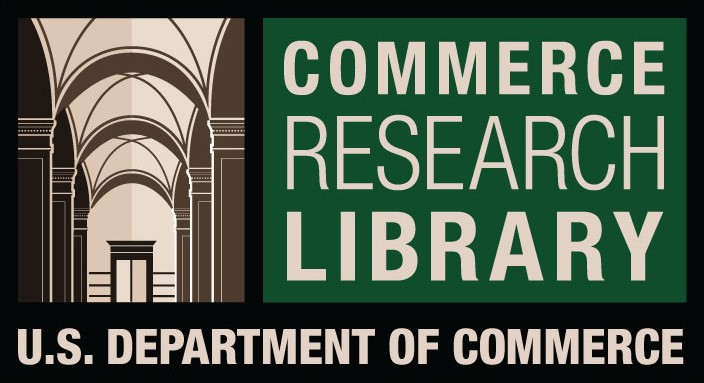The role of super-leadership in enhancing behavioral integrity (An Empirical study in the Federal Integrity Commission)
DOI:
https://doi.org/10.61841/g6s5am91Keywords:
Super leadership,, Behavioral Integrity,, Federal Integrity CommissionAbstract
The present research aims to investigate the impact of super-leadership on behavioral integrity in Federal Integrity Commission. to achieve the aim of the research, Was used the (descriptive-analytical) method was used, and the questionnaire was used as a main tool in data collection, as (300) questionnaires were distributed to a sample of employees in Federal Integrity Commission based on a random sample technique and
(268) questionnaires were retrieved, which are valid for statistical analysis. The results show there is a statistically direct positive effect and significance of super-leadership on behavioral integrity. the researchers draw an overall conclusion from the research as a whole.
Downloads
References
1. Amanchukwu, R. N., Stanley, G. J., & Ololube, N. P. (2015). A review of leadership theories, principles and styles and their relevance to educational management. Management, 5(1), 6-14.
2. Anderson, H. J., Baur, J. E., Griffith, J. A., & Buckley, M. R. (2017). What works for you may not work for (Gen) Me: Limitations of present leadership theories for the new generation. The Leadership Quarterly, 28(1), 245-260.
3. Bass, B. M., Avolio, B. J., Jung, D. I., & Berson, Y. (2003). Predicting unit performance by assessing transformational and transactional leadership. Journal of Applied Psychology, 88(2), 207-218.
4. Bum, C. H., & Lee, K. (2017). The relationships between professors’ super-leadership, self-leadership, and career preparation behavior in college students. Sport Mont, 16(2), 39-44.
5. Dato, D., Hussein, H., & Ahmad, A. (2009). Effective Management of Human Resource in Schools of the Future: the Superleadership Paradigm. Jurnal Administrasi Pendidikan, 10(2).
6. Doetjes, T. W. C. (2018). Organizational characteristics influencing superleadership in multinational companies.
7. GARDNER , J. W. ( 1990 ) On leadership. New York : The Free Press.
8. Gatling, A., Molintas, D. H. R., Self, T. T., & Shum, C. (2020). Leadership and behavioral integrity in the restaurant industry: the moderating roles of gender. Journal of Human Resources in Hospitality & Tourism, 1-20.
9. Georgianna, S. (2016). Assessing and developing entrepreneurs’ self-leadership and super-leadership. Journal of Entrepreneurship and Organization Management, 4(3).
10. Georgianna, S., Müller, G. F., Schermelleh-Engel, K., & Petersen, B. (2016). Entrepreneurs' job satisfaction and its relationship to super-leadership and self-leadership. Journal of Research in Business, Economics and Management, 6(3), 928-940.
11. Khorakian, A., & Sharifirad, M. S. (2019). Integrating implicit leadership theories, leader–member exchange, self-efficacy, and attachment theory to predict job performance. Psychological reports, 122(3), 1117-1144.
12. MANZ , C. C. , & SIMS , H. P., JR. (2001 ) Superleading: beyond the myth of heroic leadership . Organizational Dynamics , 20 , 18 - 35.
13. Manz, C.C. and Neck, C.P. (2004). Mastering Self-Leadership: Empowering Yourself for Personal Excellence, 3rd ed., Prentice-Hall, Upper Saddle River, NJ.
14. Palanski, M. E., & Yammarino, F. J. (2009). Integrity and leadership: A multi-level conceptual framework. Leadership Quarterly, 20, 405–420.
15. Payne, V. (2007). Coaching for high performance. AMACOM Div American Mgmt Assn.
16. Prottas, D. J. (2008). Perceived behavioral integrity: Relationships with employee attitudes, well-being, and absenteeism. Journal of Business Ethics, 81(2), 313-322.
17. Prottas, D. J., & Nummelin, M. R. (2018). Behavioral Integrity, Engagement, Organizational Citizenship Behavior, and Service Quality in a Healthcare Setting. Journal of Healthcare Management, 63(6), 410- 424.
18. Simons, T. (2002). Behavioral integrity. Organization Science, 1, 20–35.
19. Simons, T., Leroy, H., Collewaert, V., & Masschelein, S. (2015). How leader alignment of words and deeds affects followers: A meta-analysis of behavioral integrity research. Journal of Business Ethics, 132(4), 831-844.
20. STOGDILL , R. M. ( 1974 ) Handbook of leadership: a survey of theory and research. New York The Free Press .
21. Youn, H. J. (2012). Leadership training program for shared leadership based on super leadership at Cheo- Eum Korean Presbyterian Church: a study of Christian leadership.
22. Zhu, W., May, D. R., & Avolio, B. J. (2004). The impact of ethical leadership behavior on employee outcomes: The roles of psychological empowerment and authenticity. Journal of Leadership and Organizational Studies, 11, 16–26.
23. Davis, A. L., & Rothstein, H. R. (2006). The effects of the perceived behavioral integrity of managers on employee attitudes: A meta-analysis. Journal of Business Ethics, 67(4), 407-419.
Downloads
Published
Issue
Section
License

This work is licensed under a Creative Commons Attribution 4.0 International License.
You are free to:
- Share — copy and redistribute the material in any medium or format for any purpose, even commercially.
- Adapt — remix, transform, and build upon the material for any purpose, even commercially.
- The licensor cannot revoke these freedoms as long as you follow the license terms.
Under the following terms:
- Attribution — You must give appropriate credit , provide a link to the license, and indicate if changes were made . You may do so in any reasonable manner, but not in any way that suggests the licensor endorses you or your use.
- No additional restrictions — You may not apply legal terms or technological measures that legally restrict others from doing anything the license permits.
Notices:
You do not have to comply with the license for elements of the material in the public domain or where your use is permitted by an applicable exception or limitation .
No warranties are given. The license may not give you all of the permissions necessary for your intended use. For example, other rights such as publicity, privacy, or moral rights may limit how you use the material.









